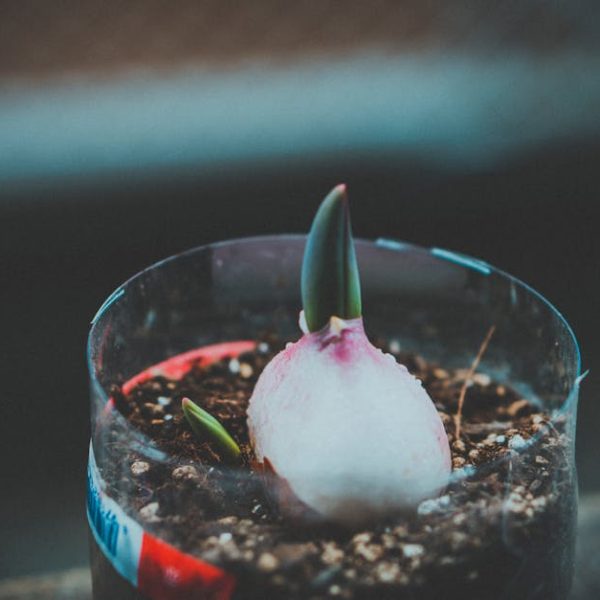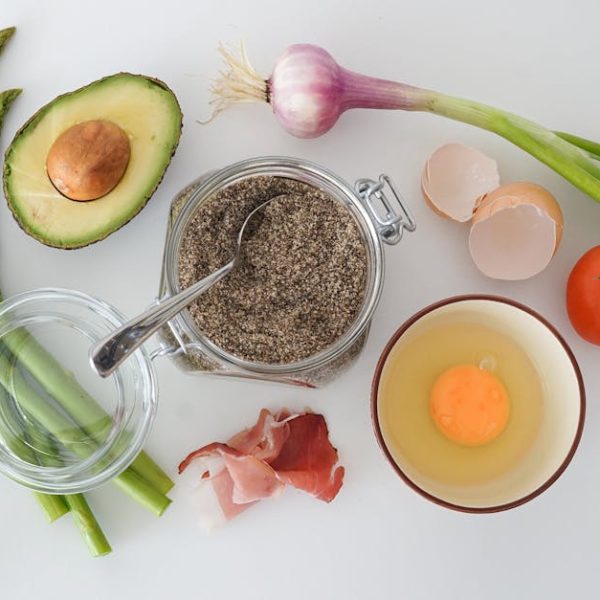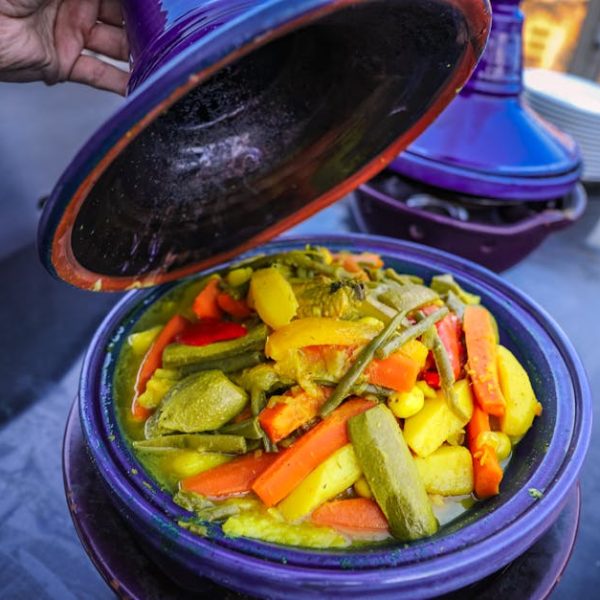Preserving the bounty of your garden, especially versatile vegetables like zucchini, is a noteworthy skill every home cook should master. Among one of the more practical and efficient methods of preservation is freezing, and shredded zucchini is no exception. Remarkably, it holds up exceptionally well in the freezer and maintains more of its fresh flavor and texture compared to other vegetables. This article dives into the top 7 techniques for freezing shredded zucchini perfectly, exploring everything from blanching and non-blanching methods to the intricacies of proper labeling and dating for prime quality and convenience.
Technique 1: Blanching Before Freezing
Named after the French word for “whitening,” blanching is a culinary process favored by many for its ability to preserve the color, texture, and nutritional value of vegetables heading for the freezer. The steps to blanch shredded zucchini before freezing are straightforward:
- Wash and shred your zucchini.
- Boil water in a large pot.
- Immerse shredded zucchini in the boiling water for two minutes.
- Drain and plunge the zucchini into ice water.
- Once cool, drain well and pack into freezer-safe bags or containers.
Blanching can help maintain the vibrant color and prevent enzymatic breakdown (translation: freezer burn), but it introduces an extra step (and extra dishes) into your process. A Convenient tip: uniformly shred your zucchini to ensure even blanching for optimal results.
Technique 2: Freezing Without Blanching
For those in search of a time-saving alternative, freezing shredded zucchini without blanching is a worthy consideration. This method involves:
- Thoroughly washing and shredding your zucchini.
- Moving directly to packing the shredded zucchini into freezer-safe bags or containers.
The primary advantage of this approach is its simplicity. However, it’s worth noting that since this method skips the enzyme-deactivating blanching process, your frozen zucchini might not retain its quality for quite as long. Considering this, ensure that you consume it faster than blanched zucchini.
Technique 3: Flash Freezing Shredded Zucchini
The secret to preventing your shredded zucchini from clumping together in the freezer lies in flash freezing. This rapid freezing method inhibits the formation of large ice crystals and helps maintain food quality. Steps to follow for flash freezing shredded zucchini include:
- Wash, shred, and pat your zucchini dry.
- Spread the shredded zucchini on a baking sheet lined with parchment.
- Place the baking sheet in the freezer until the zucchini shreds are solid.
- Transfer the frozen zucchini shreds to freezer bags or containers and return to the freezer.
Flash freezing yields high-quality frozen zucchini that’s easy to separate for individual use. Its primary downside? It requires more active freezer space and time compared to regular freezing methods. Nonetheless, the results are often worth the effort.
Technique 4: Using Freezer Bags for Storage
Freezer bags serve as a reliable storage method due to their effective preservation of food quality and simple space-saving design. To pack shredded zucchini into freezer bags correctly, follow these steps:
- Fill freezer bags with the desired amount of shredded zucchini, ensuring it leaves enough room for a bit of expansion as the zucchini freezes.
- Press to remove as much air from the bag as possible before sealing.
- Flatten the bag for efficient storage and easy stacking in the freezer.
Compared to other storage methods, like rigid containers, freezer bags are more space-efficient and offer easier portion control. Nonetheless, this method requires careful handling to avoid puncture, and the bags are not as reusable, which raises environmental concerns.
Technique 5: Vacuum Sealing for Optimal Preservation
Vacuum sealing is a popular preservation technique that significantly extends the shelf life of frozen foods by removing air that contributes to freezer burn. To vacuum seal shredded zucchini, implement the following steps:
- Fill vacuum seal bags with shredded zucchini.
- Seal following the instructions on your vacuum sealer.
- Label the sealed bags with contents and date, then store in the freezer.
While this method does require an initial investment in a vacuum sealer, it can save you money in the long run by reducing food waste. The secured bags take up less space than traditional storage containers, but on the downside, the bags are typically not reusable, and the sealing process can squash softer zucchinis.
Technique 6: Using Water Displacement Method for Air Removal
The water displacement method, often referred to as the Archimedes principle, is an innovative way to eliminate air from a bag without the use of a vacuum sealer. Here’s how you can do it with shredded zucchini:
- Fill a zip-top freezer bag with shredded zucchini.
- Partially seal the bag, leaving about an inch unsealed.
- Slowly lower the bag into a bowl of water, using the water pressure to push air out of the bag.
- Once you’ve displaced as much air as possible, seal the bag completely.
The water displacement method is a simple, inexpensive alternative to vacuum sealing. However, it can be a bit fiddly to get right, and it’s harder to remove all the air compared to vacuum sealing.
Technique 7: Label and Date your Frozen Shredded Zucchini
Labeling and dating your frozen food may seem trivial, but these simple acts of organization can help ensure you use your frozen zucchini while it’s at its best. Below are the steps to correctly label and date your packs:
- Use a permanent marker to write the contents (shredded zucchini) and the date of freezing on the bag or container.
- Store the newest packs behind the older ones, to observe the ‘first in, first out’ rule.
Labeling and dating can help prevent mystery freezer finds and food waste. However, finding room on freezer bags for visible labels can occasionally be tricky, and some labeling methods may fade over time. Always consider using weatherproof freezer labels to make this process more efficient.
Now you’re armed with seven top techniques for freezing your shredded zucchini, ensuring you can enjoy this nutritious vegetable year-round, no matter how bountiful your summer harvest may have been. Happy freezing!
Key Takeaway:
- Blanching shredded zucchini can help maintain color and texture but it introduces additional steps.
- Freezing shredded zucchini without blanching is time-saving but may not maintain its quality as long compared to blanched zucchini.
- Flash freezing prevents clumping in the freezer and improves the quality of frozen zucchini but requires more freezer space and time.
- Using freezer bags for storage is space-efficient with easier portion control but requires careful handling to avoid punctures.
- Vacuum sealing extends the shelf life by reducing air exposure but may squash softer zucchinis.
- The water displacement method for air removal is an inexpensive alternative to vacuum sealing but it’s harder to remove all the air.
- Labeling and dating frozen zucchini helps prevent food waste but finding room on freezer bags for visible labels can occasionally be tricky.
Despite the various pros and cons of each technique, the pivotal point is proper execution for optimal results. Incorporate these methods suited to your preference to enjoy good quality zucchini year-round. Remember, practice makes perfect!
FAQs
Q: Can shredded zucchini be used directly from the freezer, or does it need to be thawed first?
A: Yes, you can use frozen shredded zucchini directly from the freezer. However, if the recipe calls for non-watery zucchini, consider draining the excess water after thawing.
Q: Can these methods be used for other vegetables as well?
A: Absolutely! While the texture and taste of various vegetables may vary after freezing, the methods can generally be applied to them as well.
Q: How long can I store my shredded zucchini in the freezer?
A: Properly stored, your shredded zucchini can last up to a year in the freezer without any significant deterioration in quality.
Q: Can I use regular kitchen bags instead of freezer bags for storage?
A: While kitchen bags could work, freezer bags are recommended as they are thicker and designed to prevent freezer burn, thus preserving the quality of your zucchini.
Q: What is the ‘first in, first out’ rule in regards to freezing?
A: The ‘first in, first out’ rule implies that you should use up your oldest stock first before using the newer ones, thereby ensuring optimal freshness.
Feel free to share this article and explore more of our posts on effective home cooking and preservation techniques!






